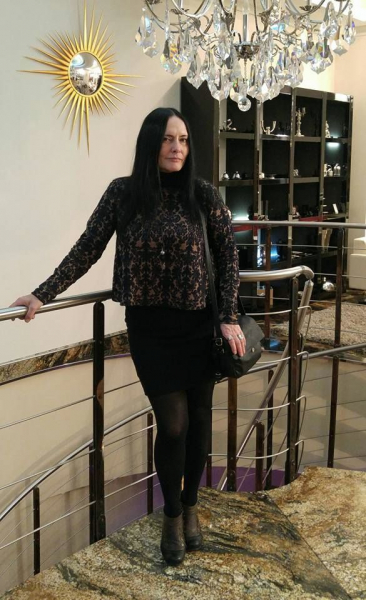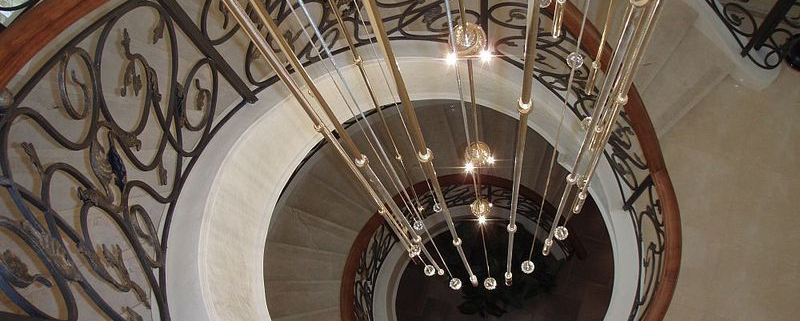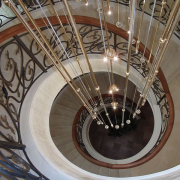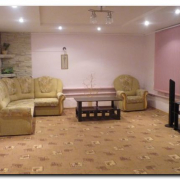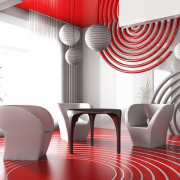Interior design in classic style
The history of interior design in the classical style begins with the XVI – early XVIII centuries. Magnificent luxury palaces focusing on antique images are not just breathtaking, but conquer the hearts. The dominant characteristics in the classical style are solemnity, symmetry, grandiosity, richness, brilliance and at the same time harmony. Over time, France gave the world the Empire style, which is one of the varieties in the classical style, marked by militant elements in the interior.
Of course, when we mention the classic style of interior design, today we do not mean the original one that was just mentioned. However, the word “classic”, which means exemplary, is still quite relevant, because it finds its pronounced refraction in modern interior design. We can safely say that luxury is still an integral part of the classical style.
To create an interior in a classic style, you can not use any room. First of all, it must be of the correct shape. The main color of the interior is white, combined with gilding in the stucco decoration, as well as with moderate tones of the walls, perfectly creates unsurpassed cleanliness and luxury, which has long been the hallmark of design in the classical style. Other relevant colors are shades of blue and green.
Perhaps textiles are an unaffordable part of any interior, but in the design of the classical style it dictates its own rules. Silk, brocade and satin are the leaders here. Plain fabrics of light green, pale yellow, soft beige colors decorated with restrained classical patterns perfectly correspond to the idea of harmony and imagery of style. Curtains with drapery are an eloquent sign of the classical style.
Columns are considered a famous attribute of the classical style in the interior. It is a kind of peculiar culmination of the interior, you can even say an exclamation mark, which is made of granite or marble. The column brings pride and greatness, personifying classical harmony.
The classic-style interior requires a lot of attention to various little things, as it does not like frills. So you can easily guess that modern technology “falls out” of the general harmony of the classical style. That is why designers are so sensitive to the location of household appliances. Drawers, pull-out blocks, and niches and much more are provided for them in advance. After all, in a classic design, porcelain tableware, mirrors in wide baguette frames, which will be made by a baguette workshop, lamps in the form of candlesticks, sculpture will look much more harmonious. Thus, it can be noticed that the design in the classical style with a modern refraction meets the traditional canons of the European classics of interior and architecture. This style, first of all, emphasizes the respectability and refined taste of the owners, which means that it is suitable for leisurely people leading a decent lifestyle.
